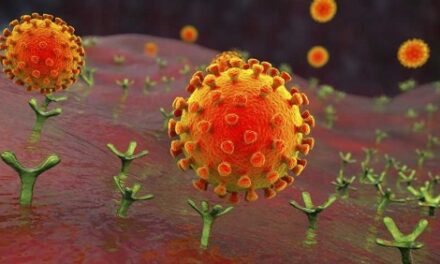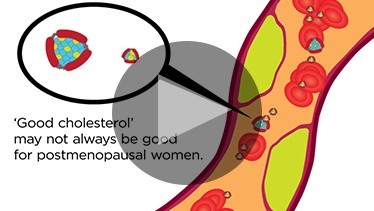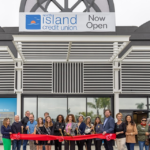 SAN DIEGO–Drug use among young people booked into Juvenile Hall dropped dramatically in 2016, with 44 percent of youth interviewed testing positive for an illicit substance, a decrease of 13 percent from 2015, according to a new report released by San Diego Association of Governments (SANDAG).
SAN DIEGO–Drug use among young people booked into Juvenile Hall dropped dramatically in 2016, with 44 percent of youth interviewed testing positive for an illicit substance, a decrease of 13 percent from 2015, according to a new report released by San Diego Association of Governments (SANDAG).
The number of young arrestees who tested positive for marijuana decreased to a record low of 35 percent, from 52 percent in 2015. In addition, fewer youth reported that it was “very easy” to obtain prescription drugs illegally – from 29 percent in 2015 to 10 percent in 2016.
“While it is good news that the percent positive for any drugs was down in 2016, it’s important to note that this rate is driven by the percent positive for marijuana, as it is the most commonly used illicit drug by youth,” said SANDAG Director of Criminal Justice Dr. Cynthia Burke. “However, the percent who were positive for methamphetamine was up to 14 percent in 2016, from 8 percent in 2015.”
The information is included in the 2016 Juvenile Arrestee Drug Use in the San Diego Region bulletin released today by the SANDAG Criminal Justice Research Division. During two separate time periods in 2016, a total of 112 youth booked into Juvenile Hall agreed to be interviewed by researchers for the annual report. Of those, 106 (81 males and 25 females) also provided urine samples for drug testing.
Other notable findings in the report include:
- While the percentage of youth testing positive for marijuana decreased, 96 percent reported that it was “very easy” or “easy” to obtain the drug. One in four youth felt that using it was “very bad” or “bad” for them, as opposed to alcohol (44 percent) and tobacco (65 percent).
- In 2016, almost all (92 percent) of the youth interviewed at Juvenile Hall had reported trying a least one illicit substance at some time in the past, including alcohol, tobacco, marijuana, crack, powder cocaine, heroin, methamphetamine, and ecstasy.
- Recent efforts locally to curtail the supply and demand for spice (i.e., synthetic marijuana) appear possibly to have had a positive impact, with use of this drug by youth down in 2016 (from 48% in 2015 to 27%). Perception of the drug’s harm also increased in 2016, and fewer youth reported using it as a substitute for marijuana.
Since 1980, SANDAG has been reporting criminal justice statistics for the San Diego region through a cooperative agreement with local law enforcement agencies. These data are useful to local law enforcement, policy makers, and the community in general in tracking public safety over time, as well as the effectiveness of crime prevention and response efforts.









